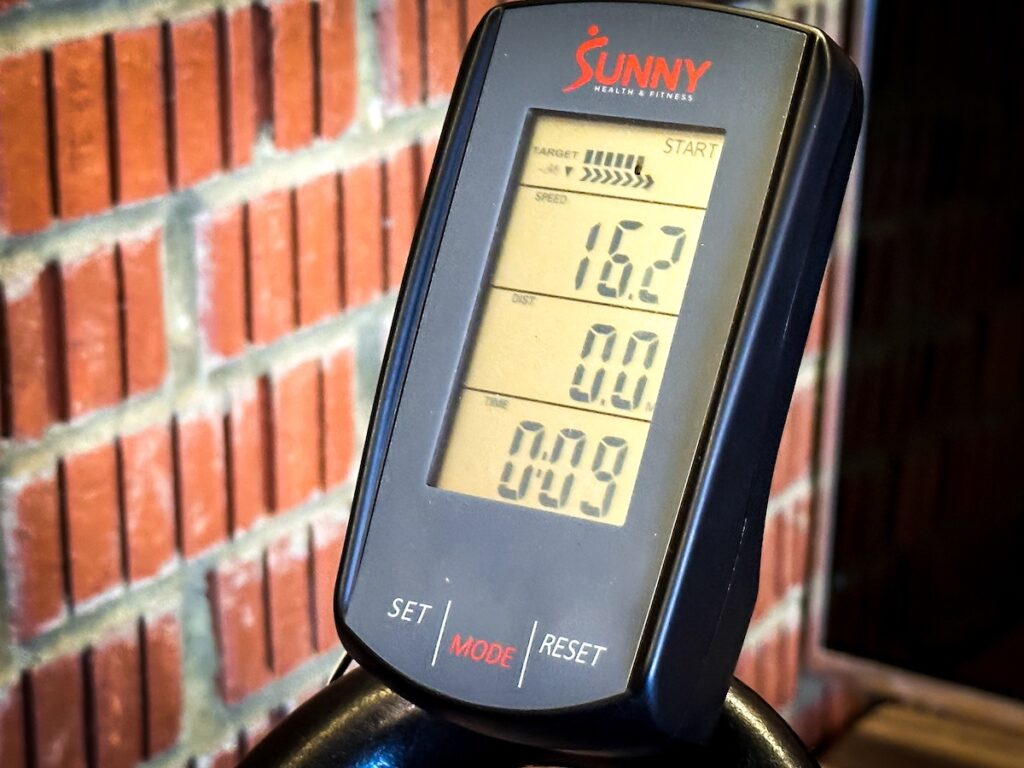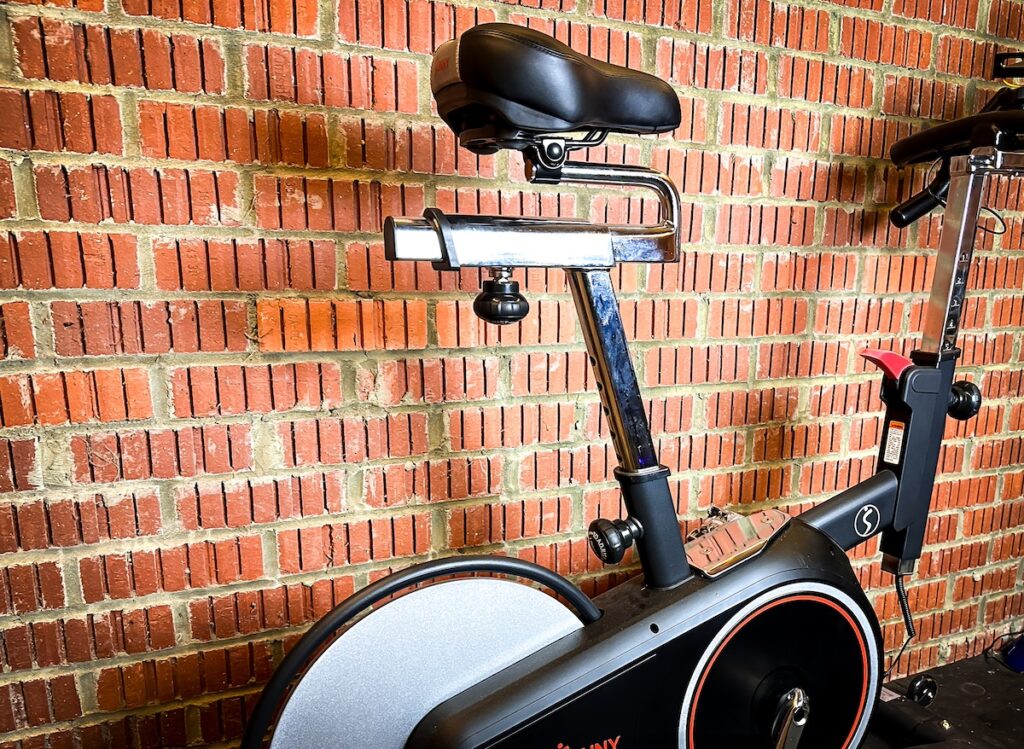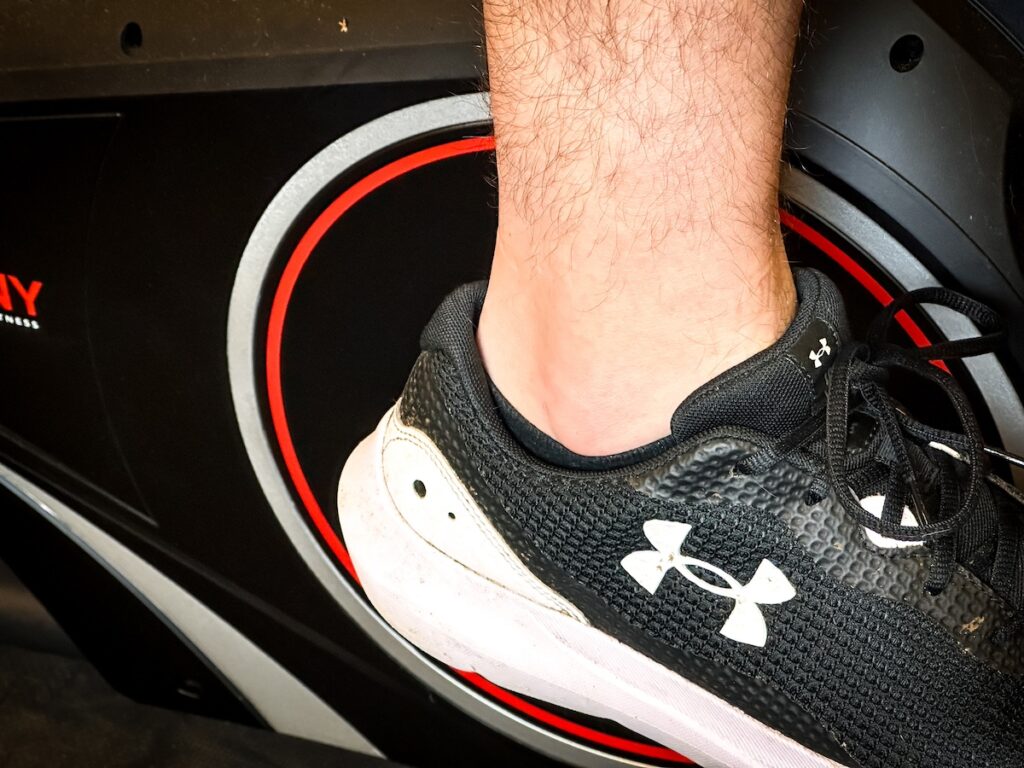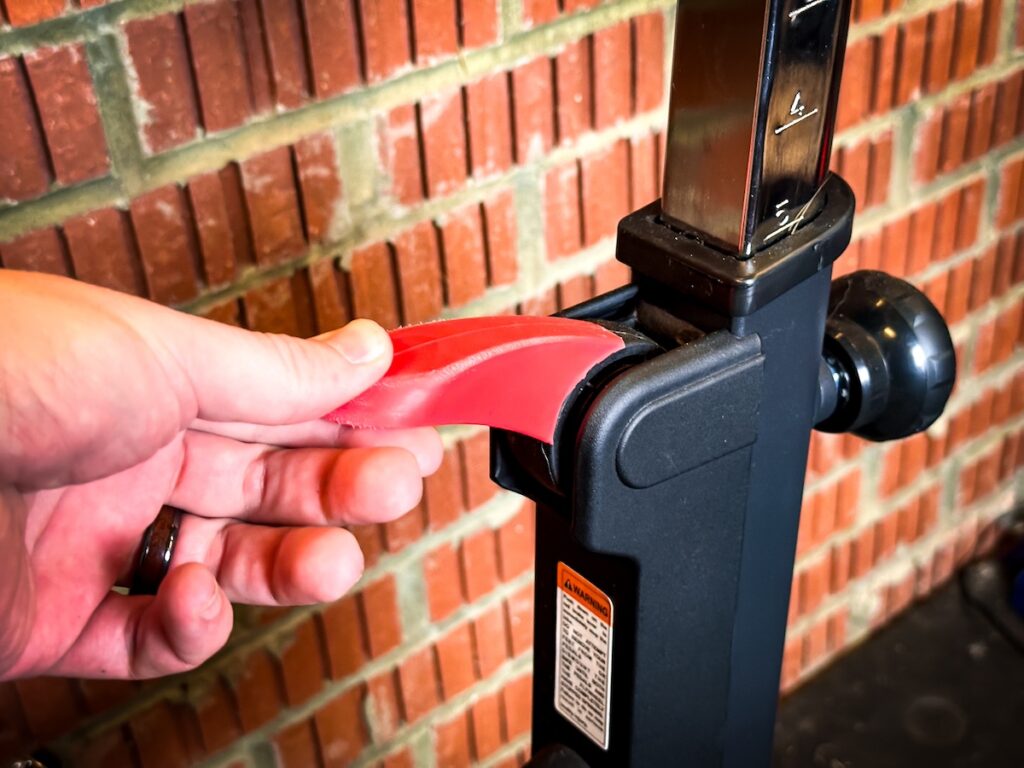Here at Indoor Cycling Love, we get asked some amazing questions, and one that comes up often is, “What is a good speed on a stationary bike?” Well, in short, speed on a stationary bike can mean many things.
The speed you ride the bike makes a big difference to not just the workout results but also the amount of recovery you might need. As a spinning instructor who has ridden many indoor bikes, I will tell you everything you need to know by discussing.
- Defining Speed On A Stationary Bike
- Is There An Actual Good Speed On A Stationary Or Spin Bike?
- How Fast Is Too Fast On A Spinning Bike?
- Is There Any Difference Between Indoor And Outdoor Bikes Regarding Speed?

Defining Speed On A Stationary Bike
Speed on a stationary bike is defined in many ways, and understanding what it means is important so you can use it properly in your training. When speed is registered on a spin bike, it’s typically judged by cadence and not resistance.
The faster you spin the pedals, the higher the speed will be, and for the majority of bikes, the resistance won’t matter. This means for 100 RPM cadence, you might see 20mph. It ultimately comes down to the cadence, commonly known as RPM.
In this article, we will be discussing speed much more in-depth, and that will come down to us speaking about cadence as this governs the speed on bikes unless you have a power meter-based bike and you’re using Zwift or Rouvy.
A general rule for speed is cadence divided by 5 for mph speed. For example, 80 RPM would be 16 miles per hour, and 100 RPM would be 20 miles per hour.

Is There An Actual Good Speed On A Stationary Or Spin Bike?
Speeds typically range from 50 RPM all the way up to 120 RPM when you are riding a stationary bike. Depending on your speed, you will get different outcomes of your training.
50 – 60 RPM / 10 -12 mph
Perfect for a warm-up and cool-down. At this speed, with light resistance, you will be able to build up the muscles ready to work or cool them down after a heavy workout. At heavy resistance, it is amazing for building up lots of muscle strength.
60 – 80 RPM / 12 -16 mph
60 – 80 RPM can be used in two different ways. It will be a good cardiovascular workout if seated with moderate resistance. Heavy resistance, either sitting or standing, can help you build strength in your legs quickly.
80 – 100 RPM / 16 -20 mph
Now we come to 80 – 100 RPM. If you have moderate resistance, this is a great place to be for a cardiovascular workout, which, by keeping the legs spinning quickly, will work you and reduce fatigue. At heavy resistance, it will be perfect for building endurance and technique.
100 – 120 RPM / 20 – 24 mph
Above 100 RPM is high-speed spinning. Here, you are working very fast, and you will need a lot of core strength to stay in control and a high heart rate to keep up the pace, even with low resistance. It is a great place to be for practicing sprints or intervals.

How Fast Is Too Fast On A Spinning Bike?
When it comes to spinning, it’s not all about speed. It’s more about the resistance that is applied. Spinning your legs at high speed and low resistance could burn 400 calories an hour. Spinning your legs at low speed and high resistance could burn 600 calories per hour.
The key to good spinning is mixing resistance and speed together. The official equation for cycling power is Torque X Cadence = Power. The quicker you can turn your legs (Cadence) and the more resistance (Torque) you can apply, the harder you’re working.
Is It More Important To Go Fast Or Have Resistance On?
As a cycling instructor, it’s best to have a mix of both, but essentially, the resistance is more important for working hard, providing you’re working between 50 and 120 RPM. If there’s no resistance, you’re not able to work hard.
Using a wide range of different cadences in a session can help you build low-down power and the ability to sprint. All of these speeds can help your cycling efficiency grow and help you become better on the bike.

Is There Any Difference Between Indoor And Outdoor Bikes Regarding Speed?
When it comes to the difference between indoor bikes and outdoor bikes and speed, it’s huge. On an indoor bike, you could easily speed up to 20 mph, and on an outdoor bike, that is much more challenging.
An indoor bike will generally take speed from your cadence no matter what your resistance. An outdoor bike takes its speed from the wheel or a GPS device.
Riding a bike outdoors comes with many more factors, such as aerodynamics, elevation, wind speed, type of bike, stop signs, and even the kit you’re wearing. They don’t compare, and I wouldn’t tell any of my clients to compare indoor to outdoor cycling.
You are much better at judging your workouts off power or heart rate. This is a much more accurate measure of intensity and is much easier to train with.

A Final Thought
Knowing what different speeds will do when riding an indoor bike goes a long way, especially when you know what resistance to combine it with. When it comes to their being a good speed, they are all good for different reasons. Thanks for taking the time to enjoy this article. Make sure to check out the video.

Glad to read this. Being new to a stationary bike I did wonder how the computer can work out ‘speed’ from crank rpm. What about real world gear ratios, road wheel diameter etc? Same goes for ‘distance’, which is just a multiple of this ‘speed’ and the time. I’m just going to use the ‘speed’ readout as a day-to-day comparison of what I’m doing and ignore ‘distance’.
You’re spot on — most stationary bikes don’t measure real speed or distance. They usually just convert your cadence (rpm) into a “virtual speed” using a fixed formula, and then multiply that by time for “distance.” Gear ratios, wheel size, or road conditions aren’t factored in. So your approach is perfect: treat speed as a way to compare your own sessions, and focus more on resistance, effort, or heart rate if you want meaningful progress markers.
Thanks for article. Was researching for good competitive speeds, I guess, considering my novice, older age, disability (traumatic brain, neck, spine, knee, eye damages, with chronic epilepsy), and sudden ability to break my record! Sped or peddled the same here as our speeding limit with quick physical recovery. Was curious about records, and just love the thrill and stamina, endurance even in all long distance. If you can add those stats, esp these Paris Olympics– thanks! And you’re right…indoor cycling isn’t the same as all of God’s terrain;) Thanks again for your blog and I thank God for Him and for the chance at recovery he gives us.